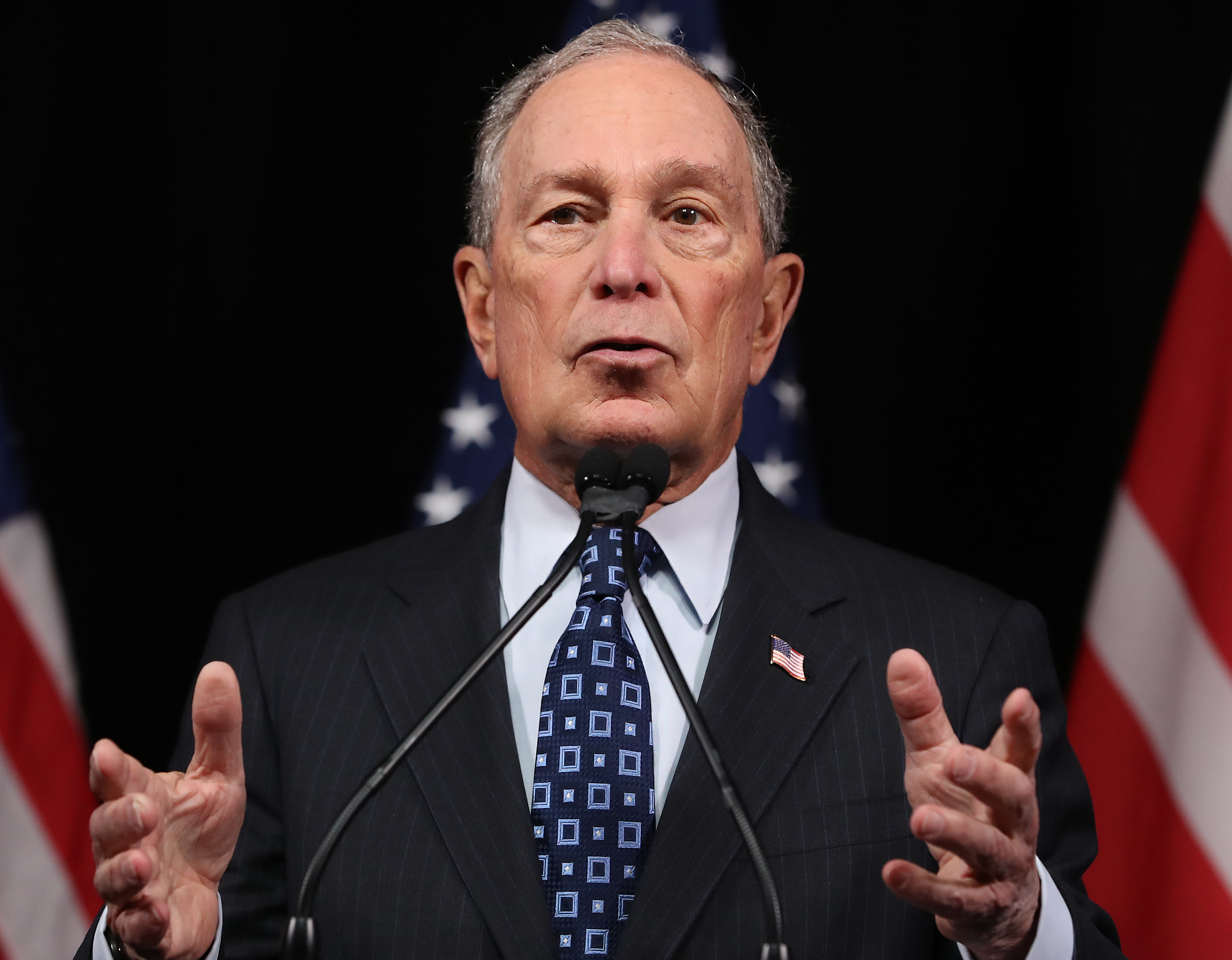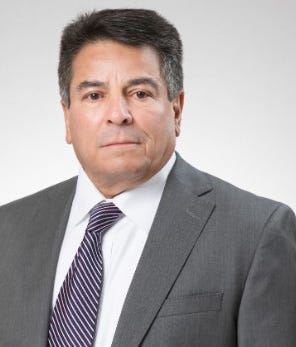Muslim Law Board says women are free to pray in mosques – but most women have been told the opposite
The Law Board has admitted in the Supreme Court that Islam permits women to enter mosques. But the reality on the ground is starkly different.

Muslim women praying.
Feb 01, 2020 · Aarefa Johari
Feb 01, 2020 · Aarefa Johari
All her life, Shakira Sheikh believed that as a woman, she was not allowed to pray namaz inside a mosque. A housewife with four young children, Sheikh grew up in Bahraich, Uttar Pradesh, and moved to a slum in Mumbai five years ago. In both places, she had never seen or heard of a woman entering a mosque.
This is why Sheikh did a double take when she heard that the All India Muslim Personal Law Board had stated that Islam allows women to pray in mosques.
“It does?” she asked in wonder. “If we are really allowed, I would like to go.”
Sheikh’s ignorance about her religious right to worship in a mosque highlights the irony of the official statement that the All India Muslim Personal Law Board submitted in an affidavit to the Supreme Court on Wednesday. In the statement, the Law Board – a non-profit organisation claiming to represent all Indian Muslim sects – claimed that Islamic texts do not restrict women from entering and praying in mosques.
“A Muslim woman is free to enter Masjid for prayers. It is her option to exercise her right to avail such facilities as available for prayers in Masjid,” the statement said, adding that previous fatwas barring the entry of women in mosques must be “ignored”. While it is considered mandatory for Muslim men to offer Friday prayers in a congregation at a mosque, the statement said that there is no obligation for women to do the same.
The Law Board’s affidavit was in response to a petition filed by a Muslim couple from Pune, seeking legal rights for Muslim women to pray in mosques. A nine-judge Supreme Court bench will begin hearing this matter in the first week of February, along with other cases pitting religious freedom against fundamental rights. This includes the right of Hindu women to enter Kerala’s Sabarimala temple, the right of Parsi women in interfaith marriages to enter fire temples and the practice of female genital cutting among Dawoodi Bohras.
In its affidavit, the Law Board’s main argument was that the Supreme Court did not have the authority to adjudicate on a religious matter that is dealt with in Islamic texts. However, it is the Board’s other statements that have caught the attention of many Muslim women.
Women kept in the dark
“If the Law Board is admitting that women are allowed to pray in mosques, then why isn’t it making any arrangements for women to do that?” said Shaista Ambar, president of the All India Muslim Women’s Personal Law Board, an organisation that Ambar founded in 2005 in response to the Law Board’s patriarchy. “Most women in India don’t have any idea that they have the right to enter a masjid, because the clerics have always told us that we are not allowed.”
The question of whether women can pray in mosques has been frequently asked to Islamic scholars and priests, who then respond to those questions with fatwas – non-binding legal opinions based on an interpretation of Islamic texts.
Darul Uloom Deoband, the seat of the Deobandi school of Sunni Islam, has issued numerous fatwas on this topic over the years. The closest that any of these fatwas have come to admitting that women are, in fact, allowed to enter mosques, is one in which it claims that it is “better” for women to pray at home rather than in a mosque. Other fatwas have categorically claimed that it is ”prohibited” for women to visit mosques, and that if any Muslim sect allows women to pray in mosques, it is a “wrong practice” that “should be stopped”.
“I too had got a fatwa from Deoband long ago, telling me I could not go to a mosque,” said Ambar, who chose to ignore the fatwa. “I tried to go to pray in a masjid along with my child, but the men there did not even let me get close – they told me it was a pure place where people were praying.”
In 1997, Ambar bought land in Lucknow to set up her own unique mosque which is open to women and men of all Muslim sects. “If men and women can pray together in Mecca [holy Islamic city in Saudi Arabia], then why not here?”
Besides the Ambar Mosque in Lucknow, there are a few other mosques in India that allow women to offer prayers, although they are few and far between.
“I have prayed in Sunni mosques in Solapur and Jaipur, where they have small, separate enclosures for women,” said Noorjehan Safia Niaz, the co-founder and trustee of the Bharatiya Muslim Mahila Andolan, a non-profit group that has previously fought for Muslim women’s right to enter dargahs or mausoleums, and for a legal ban on triple talaq.
Making room for women
Some Islamic sects, like the Bohra Shias, have traditionally allowed women to pray in mosques, and their masjids are built with separate halls or floors for women. In most Sunni mosques across India, however, even small prayer rooms for women are not made available. Given this lack of infrastructure, activists like Niaz see the Muslim Personal Law Board’s claim that women are “free” to pray in mosques as mere lip service.
“The Muslim Personal Law Board is deeply patriarchal, so it will not go out of its way to create space for women to pray in all mosques,” said Niaz.
Scroll.in spoke to several Muslim women in suburban Mumbai and found that even though most of them were unaware that Islam allows them to pray in mosques, almost all of them claimed they would like facilities to be created for them.
“I would not like to pray in the same room as men, but I hope the Supreme Court tells masjids to make rooms for women,” said Shakira Sheikh.
Arifa Aslam, a 33-year-old housewife from a suburban Mumbai slum, was among the women who was aware of Islamic rules on this topic. “As such, it is jaiz [permissible] for women to pray in mosques, but no one goes because confusion is created about it,” said Aslam. “But if space is created and other women start going, I would love to go – why not?”
In sharp contrast to the women, Muslim men in the same slum as Aslam offered a glimpse into the thick wall of patriarchy that has distorted Islamic rules to impose restrictions on women.
“Islam has very strict rules against women praying in the same place as men,” said Mohammed Hanif, a daily-wage labourer. “Even if women are given separate prayer rooms in mosques, there could be incidents that could lead to all kinds of cases of harassment. And then everyone will point fingers at the women.”
---30---











